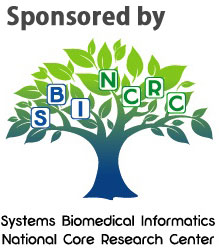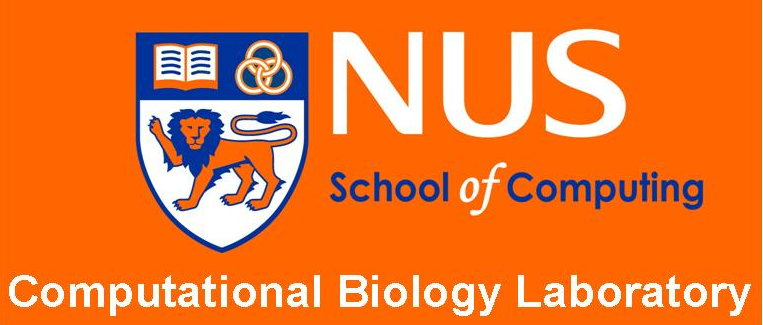Best Paper Awards
Best Paper
Resolving Speculation and Negation Scope in Biomedical Articles with a Syntactic Constituent RankerJonathon Read, Erik Velldal, Stephan Oepen and Lilja Øvrelid
Abstract We discuss how the scope of speculation and negation can be resolved by learning a ranking function that operates over syntactic constituent subtrees. An important assumption of this method is that scope aligns with constituents, and hence we investigate instances of disalignment. We also show how the method can be combined with an existing scope-resolution system based on manually-crafted rules over dependency structures. While both systems achieve encouraging results, combining the two improves performance beyond either in isolation. Furthermore, coupling this hybrid scope approach with an SVM cue classifier achieves the best published results on data from the CoNLL-2010 Shared Task.
Best Student Paper
Mining Characteristics of Epidemiological Studies from Medline: A Case Study in ObesityGeorge Karystianis, Iain Buchan and Goran Nenadic
Abstract The health sciences literature incorporates a relatively large subset of epidemiological literature about population-level findings. This paper presents an information extraction approach that enables users to identify key characteristics of epidemiological studies from Medline abstracts. The generic rule-based approach has been designed according to semantic patterns observed in text and aims to extract four types of epidemiological characteristics: design of the study, population that has been studied, exposure(s) and outcome(s). Extracted study design concepts are mapped to an epidemiological study design ontology, whereas exposure and outcome concepts are clustered into health-related groups of interest. The approach was tested in the domain of obesity research. On a manually annotated corpus of 60 epidemiological abstracts, the system achieved precision, recall and F-score between 79-87%, 82-100% and 82-93% respectively. The experiments suggest that this approach could extract key epidemiological characteristics related to a complex clinical problem.

